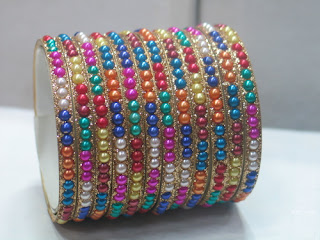India's most crowded city, Mumbai, has a unique take on boxed lunch.
Mumbai Dabbawala orTiffin Tiffin
The famous Dabbawala orTiffin Tiffin Tiffin
The Nutan MumbaiTiffin
This service was originated in 1880. In 1890, Mahadeo Havaji Bachche, started a lunch delivery service with about 100 men.[2]In 1930, he informally attempted to unionize the dabbawallas. Later a charitable trust was registered in 1956 under the name ofNutan MumbaiTiffin
According to a recent survey, there is only one mistake in every 16,000,000 deliveries and the system has registered a performance rating of 99.999999.
Prince Charles is a fan and patron of theTiffin
Guiness Book of World's Record - Most dabbawala tiffin crates carried on the head.
Mumbai Dabbawala or
The famous Dabbawala or
The Nutan Mumbai
This service was originated in 1880. In 1890, Mahadeo Havaji Bachche, started a lunch delivery service with about 100 men.[2]In 1930, he informally attempted to unionize the dabbawallas. Later a charitable trust was registered in 1956 under the name ofNutan Mumbai
According to a recent survey, there is only one mistake in every 16,000,000 deliveries and the system has registered a performance rating of 99.999999.
Prince Charles is a fan and patron of the
Guiness Book of World's Record - Most dabbawala tiffin crates carried on the head.




















